NSW Hospital budgets: South West Sydney LHD residents budgeted $800 less per person than Sydney
A Sydney doctor has lambasted the NSW Government over massive levels of “funding inequity” across NSW hospitals, revealing his Local Health District is budgeted $800 less per resident for treatment than others on the north shore.
Local
Don't miss out on the headlines from Local. Followed categories will be added to My News.
- Government to fast-track $7.5b in projects
- 580 homes planned for rural Hawkesbury land
- Decision time for $123m high-rise Sydney Catholic school
Public health spending across Sydney’s western epicentre is a startling $800 per person less than in other regions despite the area’s growing population.
Figures tendered at a parliamentary inquiry reveal the budget for the South Western Local Health District has been set at $1700 per resident — 30 per cent less than the $2500 budgeted for those who live in the Sydney Local Health District.
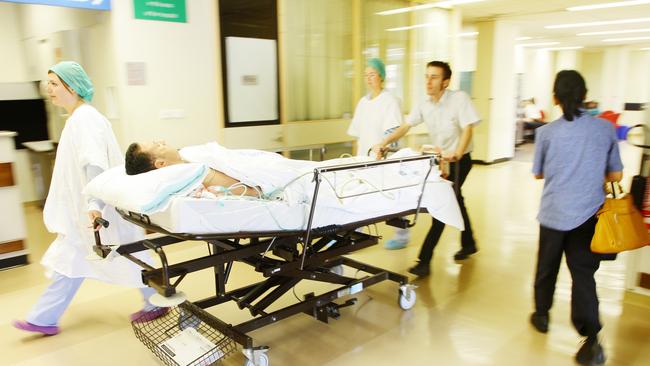
It is a similar story for the Western Sydney Local Health District which receives $1750 per resident. In contrast the Central Coast gets $2300 and the Nepean-Blue Mountains area $1950.
The stark numbers were revealed by the head of the Macarthur Cancer Centre, at Campbelltown Hospital, who said they were behind huge disparities in cancer treatment across Sydney.
THE GREAT DIVIDE — SYDNEY’S HEALTH CRISIS
Part One: south west patients funded $800 less per person than Sydney residents
Part Two: south west patients forced to travel hours for treatment
Part Three: leaders are calling for a new hospital at Aerotropolis
Part Four: 24,000 new medical students needed to fight west’s growth
Part Five: Patients waiting 300 days for surgery in south west Sydney
Part Six: south west teens shock youth suicide numbers as specialist staff numbers revealed
Associate professor Dr Stephen Della-Fiorentina said breast cancer patients were having to pay up for their own mammograms because there were no machines at Liverpool or Campbelltown hospitals. Out of pocket costs ranged from $50 to $150.
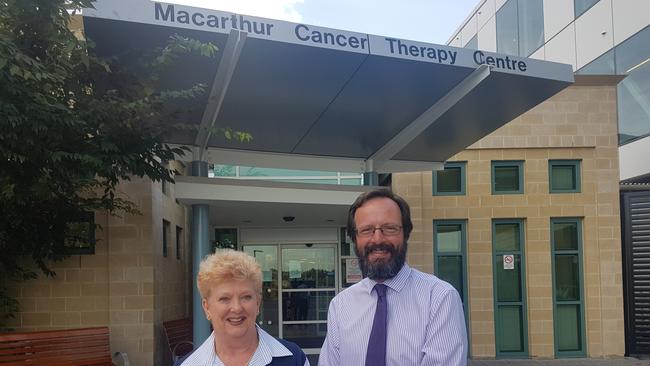
He said Campbelltown had only nine chemotherapy treatment chairs and an average of two terminally ill patients were dying in the hospital emergency department each month because of a lack of specialist palliative care beds.
Dr Della-Fiorentina said statewide services provided within the Sydney Local Health District — such as burns units, liver transplantation and peritonectomy — did not excuse the $800 shortfall “for every man, woman and child” in south west Sydney.
“Many of our staff have worked and currently work in other LHD’s and there are clear imbalances in (a) number of medical, nursing, pharmacy, allied health and administration staff and the availability of adequate chemotherapy chairs and palliative care beds for our population,” he told the inquiry, which is examining the impact of developing Western Sydney airport.
While a $632 million plan by Health Infrastructure for the redevelopment of Campbelltown Hospital is expected to see an increased capacity in radiation services, Dr Della-Fiorentina said there will be no increase in chemotherapy chairs “until late 2023”.
He raised serious concerns over a lack of access to other health services, including 1300 new cancer patients last year fighting for access to 15 hours of clinical psychology time provided a week and Campbelltown blood cancer patients being forced to travel 30 minutes to Liverpool Hospital for chemotherapy.
MORE FROM JAKE McCALLUM
WESTERN SYDNEY’S FIRST DRIVE-THROUGH COVID-19 CLINIC OPENS
COVID-19 TESTING RECORDS DRAMATIC DROP ACROSS NSW
POLICE AREN’T BEING TESTED FOR COVID-19
CORONAVIRUS: WHAT YOUR COUNCIL CAN DO FOR YOU
Access to CT scanning equipment was being restricted to “half a day a week”.
“Requests for additional funding for extended operating hours to increase chemotherapy treatment capacity has been prioritised by the Campbelltown Clinical Council,” he said. “But the Chief Executive has stated that there is no additional funding. We are not funded for our current population in 2020 and we will further fall behind as the Aerotropolis (around the airport) is built.”
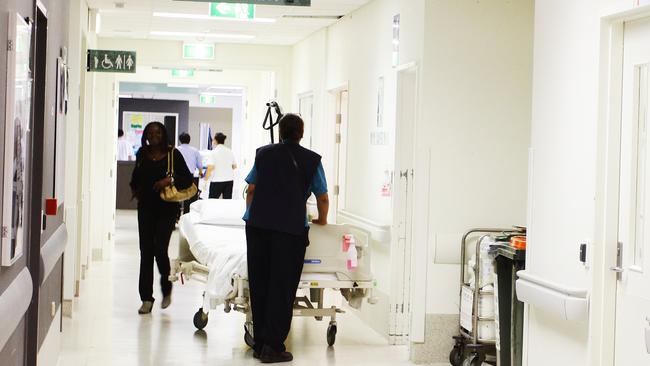
Breast cancer patient Angela Lonergan has been using the services at Macarthur Cancer Therapy Centre for the past five years.
“Each and every staff member, from the doctors and nurses to the administration and cleaners go above and beyond for you during treatment,” Ms Lonergan, of Raby, said. “Which is saying a lot, because they are severely underfunded for the services they provide.”
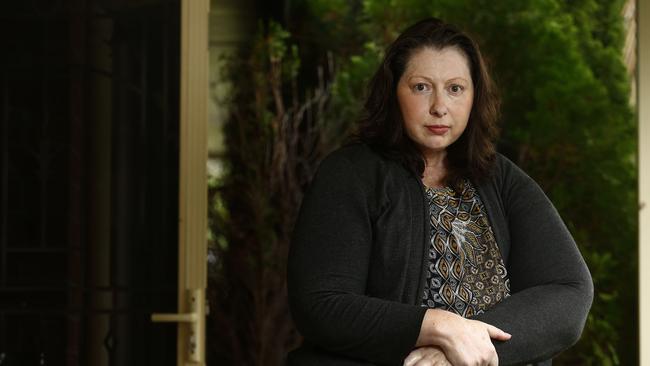
Ms Lonergan said she has also experienced what it is like being a patient within the Sydney Local Health District network — receiving initial treatment at Concord Repatriation General Hospital.
“It is clear from the moment you walk through the door that Concord is much better funded than Macarthur or Westmead,” she said. “One example of increased funding at work is the fact that Concord Hospital has two dedicated Breast Care nurses, which are usually funded by the McGrath Foundation in other hospitals across Sydney. Extra services, such as psychological support, are provided in the Sydney Local Health District which allows further care co-ordination of patients undergoing treatment.”
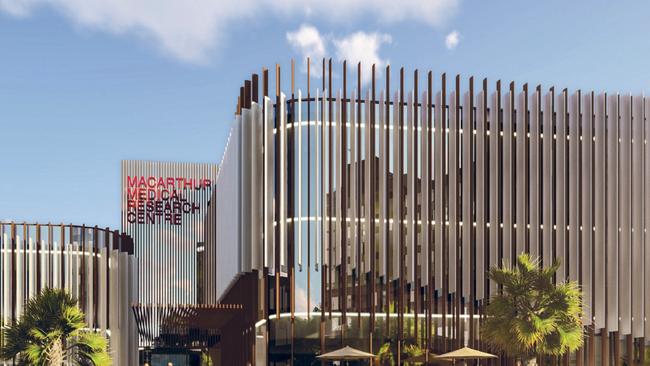
She said the extra funds allocated means that “more people are offered increased support”.
Another breast cancer survivor, Stephanie Cairncross, was referred to Concord Hospital for surgery before taking up ongoing treatment at Nepean Hospital.
Mrs Cairncross said it was clear Sydney Local Health District Hospitals were better funded to support patients than other areas.
“I could see first hand that services provided at Concord are much better funded than Nepean,” Mrs Cairnscross told The Daily Telegraph.
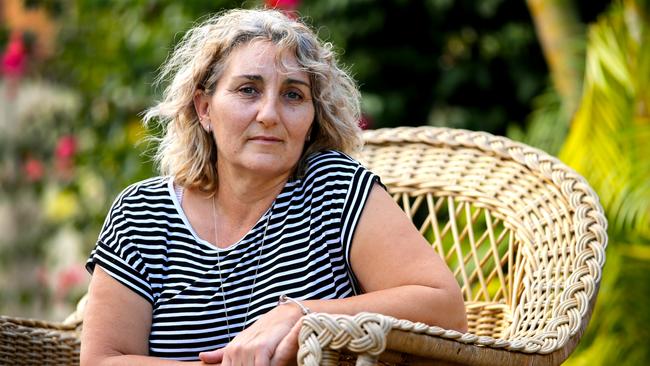
”At Concord there was always someone there when you needed it, a specialist nurse would always be there to hold my hand and guide me through what was happening.” However, she said all nurses and doctors she encountered “try their hardest to support patients with what they are provided”.
A NSW Health spokeswoman said many patients across greater Sydney are “treated in adjoining LHDs”.
She said the Sydney LHD treated a larger proportion of patients from outside the area “due to the highly specialised, low volume nature of some services (it) provided.”

“NSW Health utilises activity based funding (ABF) for the allocation of budgets to local health districts and speciality care networks,” she said. “ABF is determined on a ‘provider’ basis — the facility where the activity is actually undertaken — and not on a population or ‘per capita’ basis. Funding is allocated to hospitals based on the patients they treat within the actual hospital/health care facility and not based on how many residents live near them.”
Labor MP and Shadow Western Sydney spokesman Greg Warren said staff numbers at Campbelltown Hospital were “far from adequate”. “It is a matter of life and death,” he said.

